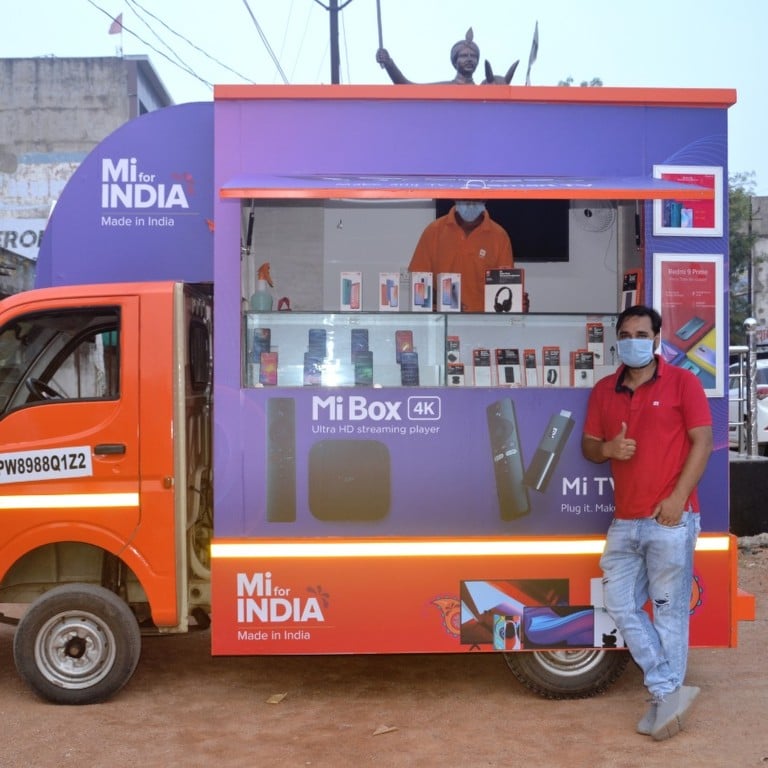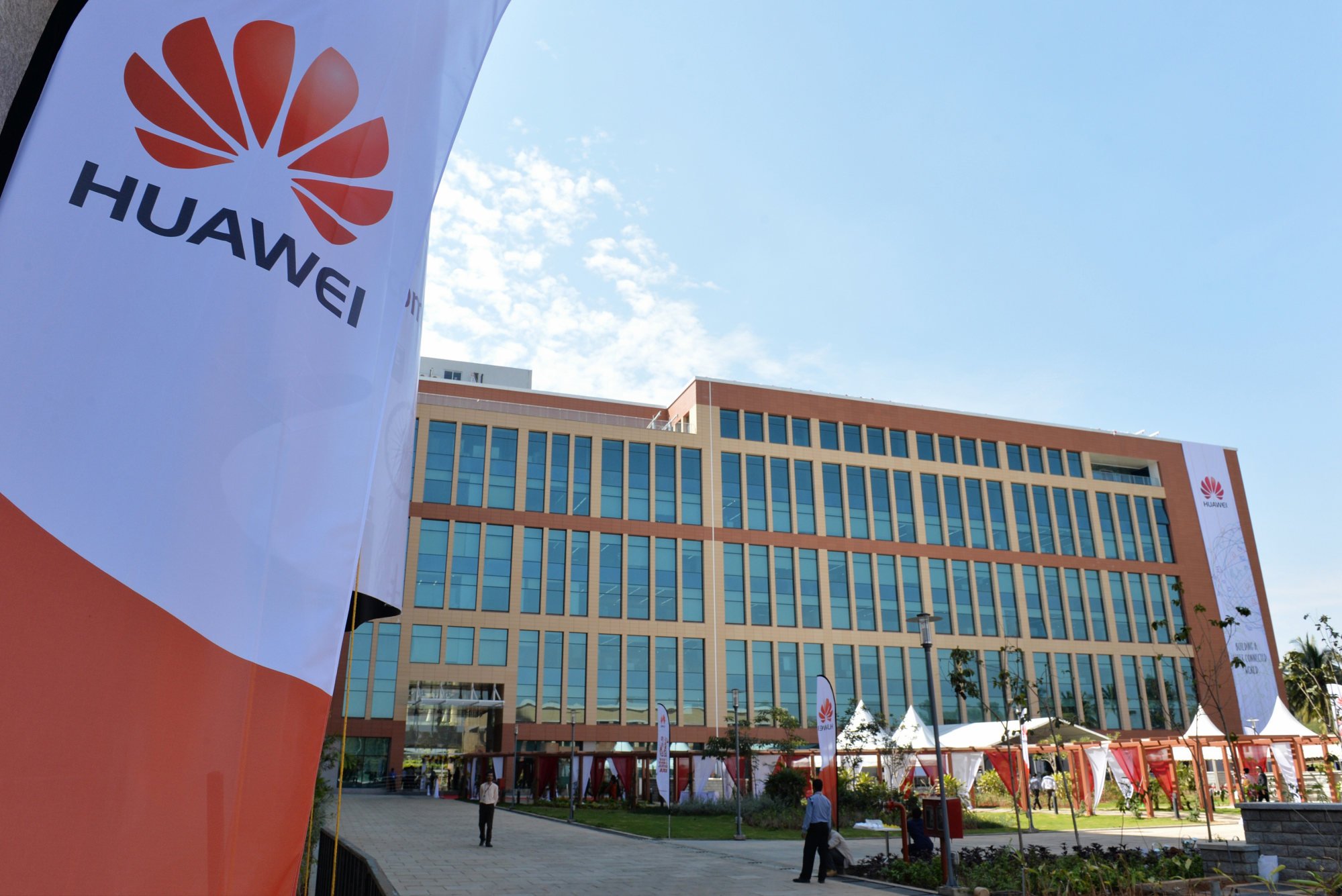
India’s hi-tech joint venture plan is an olive branch to China – but will it work?
- While the offer is open to other countries, it is most applicable to China, given its dominance in Indian electronics
- But it remains to be seen whether such a partnership can bolster Indian electronics manufacturing or give greater security to Chinese companies in India
The proposal is far more applicable to China, given its dominance in Indian electronics, but there are strings attached – the foreign companies cannot set up independently. They must join hands with an Indian partner which will hold a majority stake and control the board.
One important reason is price: it is at least 30 per cent cheaper to import components from China than any other competing global supplier.
After all the political mistrust, India’s joint venture proposal is quite an olive branch. India’s electronics market is attractive to any foreign investor looking for long-term gains: valued roughly at US$75 billion last year, it is projected to grow by 6-7 per cent annually for the next six years.
For Chinese tech companies, the allure of 5G in India lies in the country’s huge and growing database of users. With all of India expected to gain 5G access by the end of this year, it could mean as many as 20 million more handset sales, in a market already two-thirds dominated by Chinese players. Existing Chinese smartphone models also stand to gain as many already come equipped for 5G.
‘In Africa, for Africa’: China’s Huawei seeks to lead 5G boom in Global South
The West has been increasingly cracking down on what it perceives as data theft and surveillance from Chinese telecoms companies, and while India has not imposed an outright ban, restrictive policy measures have made it extremely difficult for Indian telecoms companies to collaborate with Huawei or ZTE for any network-related requirements. As a result, the two companies’ workforce in India has shrunk by 90 per cent over the last two years.

Under this policy, duty was charged in a phased manner on the imports of electronic components, mostly from China, making these components that were vital for mobile phone manufacturing more expensive.
Are the stars aligning for India’s economy to shine?
By allowing foreign tech companies to invest directly in the manufacturing process and collaborate with Indian companies, the government is hoping to scale up Indian exports.
It remains to be seen whether such a partnership can meet everybody’s needs, whether it is to bolster India’s electronic manufacturing industry or to provide greater security to Chinese companies who see long-term potential in India in spite of the dramatic ups and downs of recent years.
Kamala Thiagarajan is a freelance journalist based in Madurai, southern India



